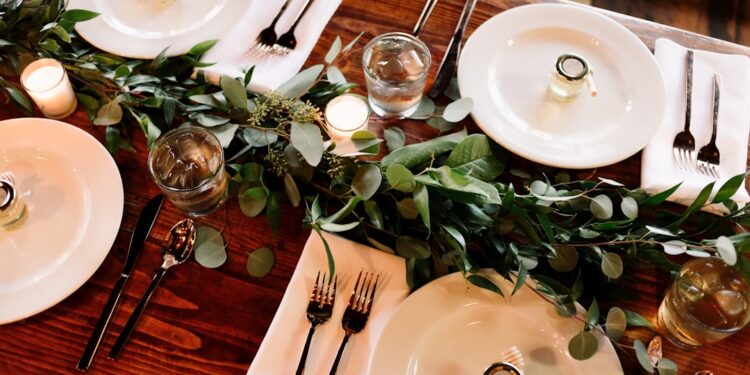In medieval Europe, what was a common etiquette for using knives at the table?

No knives allowed
Always share knives
Wipe with bread after use
Only use wooden knives
What was a unique dining rule for ancient Egyptian nobility?

Stand while eating
No speaking allowed
Always leave leftovers
Use gold utensils only
In 19th century France, what was considered impolite to do with bread?

Cut with a knife
Dunk in soup
Break with hands
Place on the table
During the Victorian era in England, which utensil was improper to use for eating asparagus?

Fork
Knife
Spoon
Hands
In traditional Japanese dining, what is a major etiquette rule regarding chopsticks?

Do not cross them
Leave sticking in rice
Use only wooden chopsticks
Hold at the top
What was a dining etiquette rule among ancient Romans when attending a feast?

Eat only with right hand
Must wear togas
Start with dessert
Lie on the left side
In the 16th century Spain, what was a rule about discussing certain topics at the table?

No talking about war
Politics strictly forbidden
Discuss only family matters
No personal questions
What was a traditional rule for knights’ dining etiquette in medieval times?

Always toast the king first
Must not eat before the king
Serve others before self
No elbows on the table
How were ancient Greeks expected to handle leftovers at communal meals?
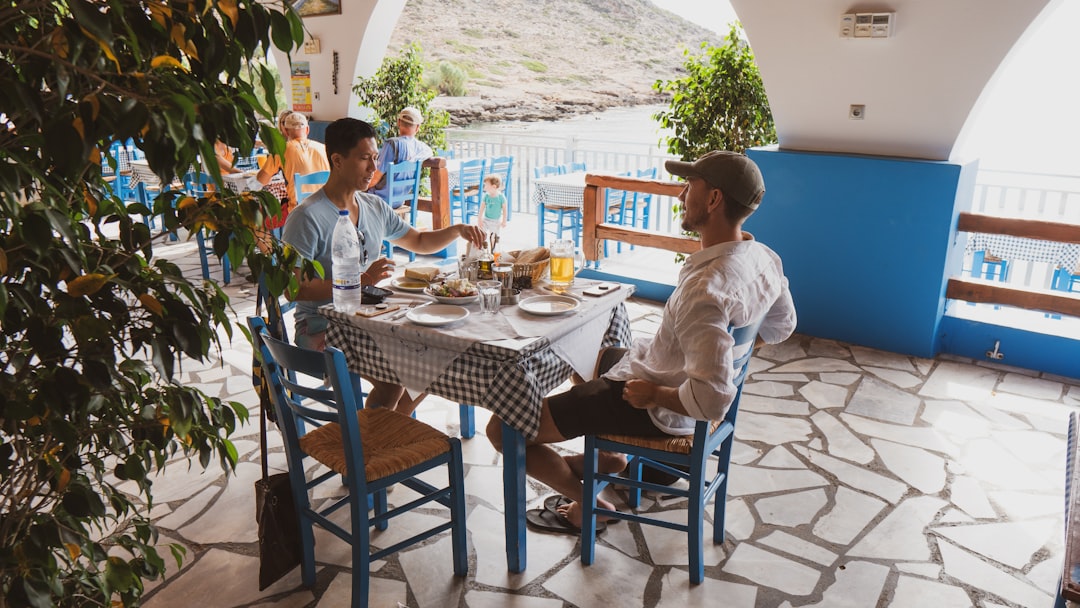
Take home in baskets
Leave for the servants
Offer to the gods
Dispose immediately
What is a unique dining etiquette from the Ming Dynasty in China?

Finish all rice
Never refuse seconds
Elbows off the table
Taste every dish
In ancient Persian dining, what was customary to bring to meals?

Own utensils
Fruits to share
Personal cushions
Special guest
How did Byzantine diners traditionally signal they were finished eating?
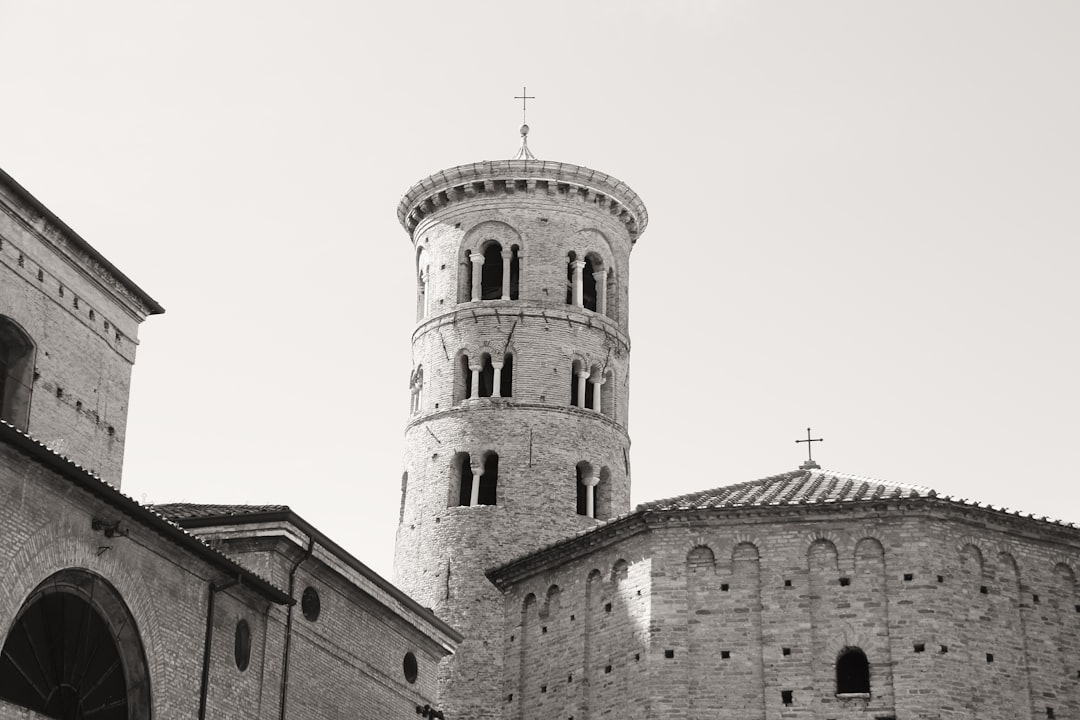
Leave a bite
Cross utensils
Stand up
Fold napkin
What is a traditional Korean table etiquette concerning spoons?
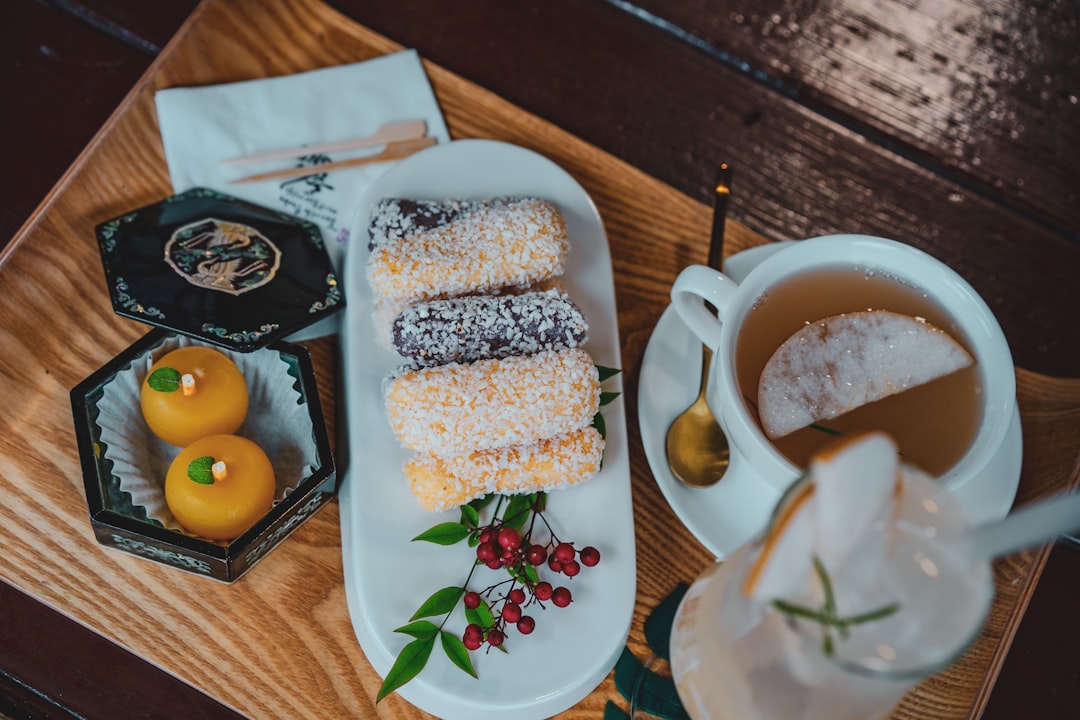
Use for rice only
Never use for soup
Place on right side
Do not lift bowl
During Renaissance Italy, what was a dining rule regarding fruit?
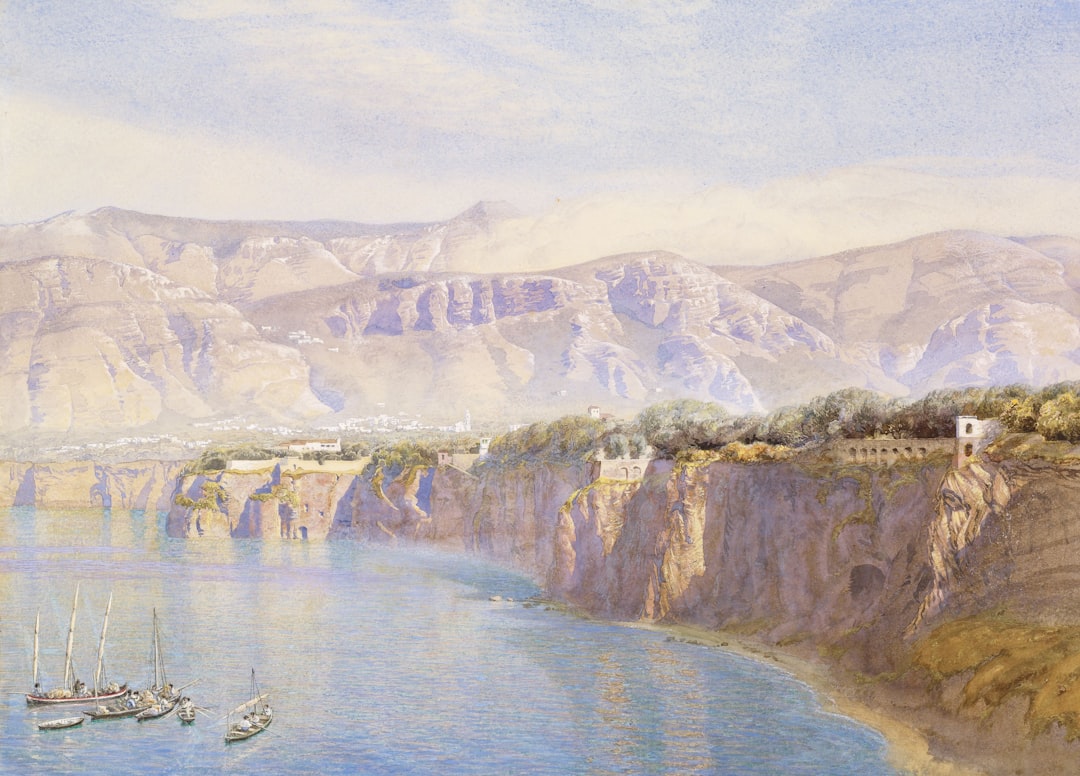
Eat with forks
Only after meals
Peel before eating
No citrus allowed
What was a taboo in ancient Mayan dining etiquette?

Eating before elders
Using left hand
Sharing plates
Drinking water
In 17th century Dutch dining, what was considered proper for bread placement?
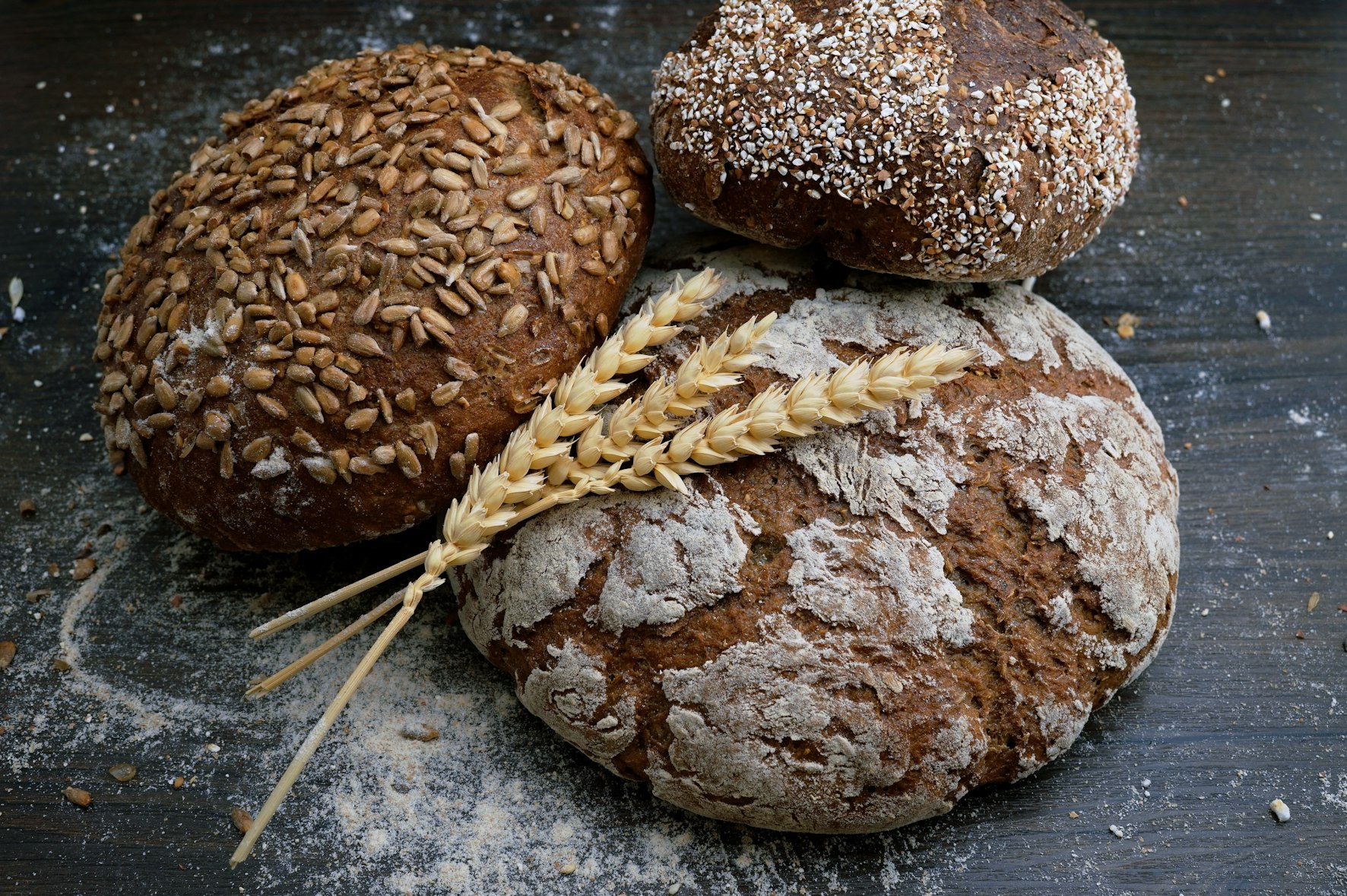
At the edge of the plate
Under the fork
Beside the knife
In front of cup
What etiquette rule did the Ottoman Turks follow for drinking coffee?

Stand while drinking
Always add sugar
Serve oldest first
Sip, don’t slurp
In traditional Russian dining, what was expected regarding toasts?

Stand to toast
Drink after each
Toast with water
Only host toasts
How did Victorian English ensure discretion at the dining table?

Whispering only
No pointing
Signal with napkin
Use coded phrases
What was a common rule for serving dishes in medieval French courts?

Serve hottest first
Rotate dishes
Season heavily
Largest portions to nobles
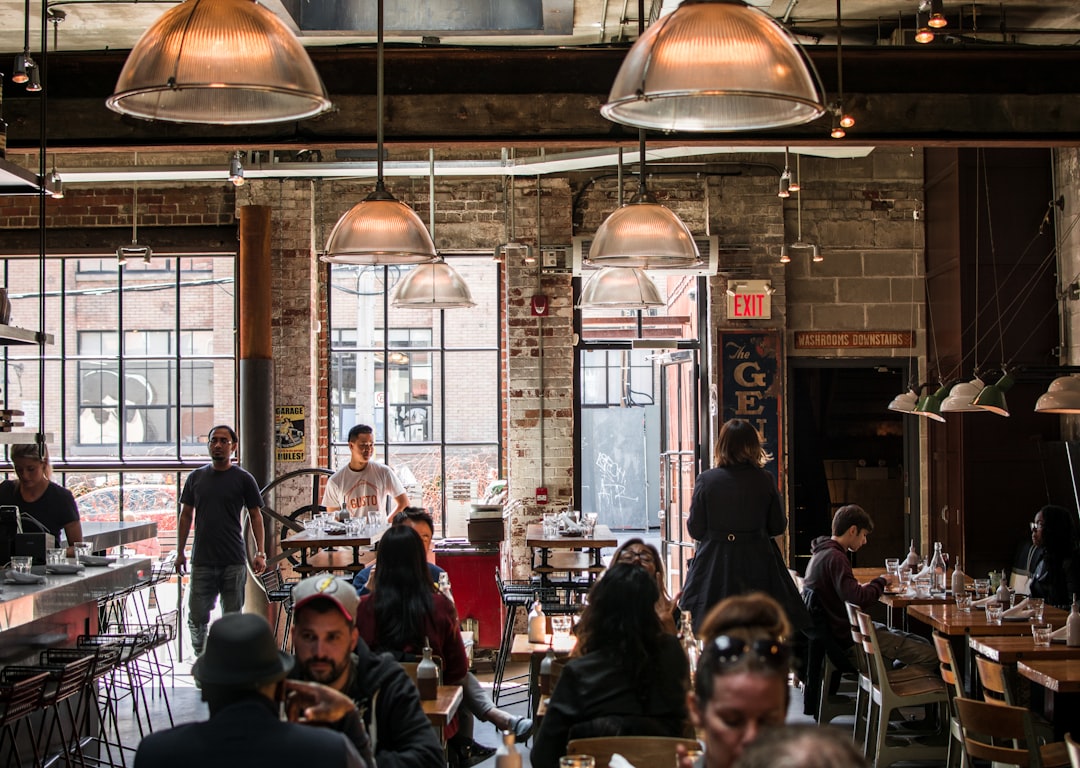
Etiquette Novice?
You might need a refresher on historical table manners!

Mannered Traveler
You’ve dined decently through history, but there’s more to learn!
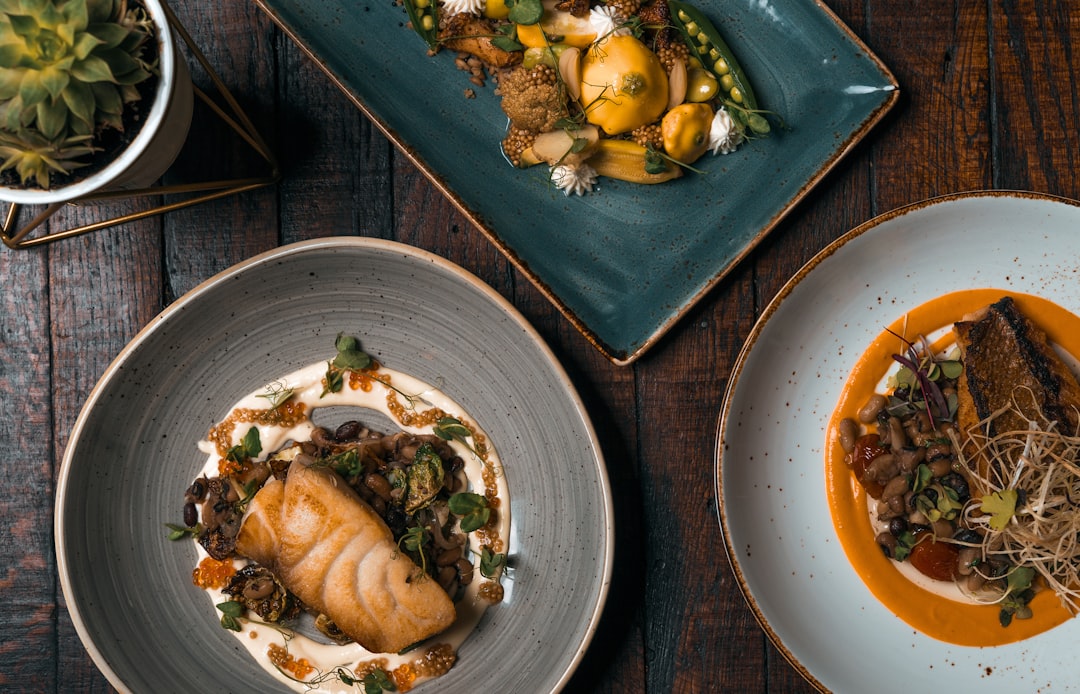
Etiquette Historian
Your mastery of dining customs through the ages is impeccable!

